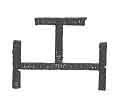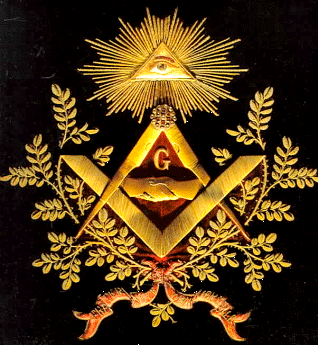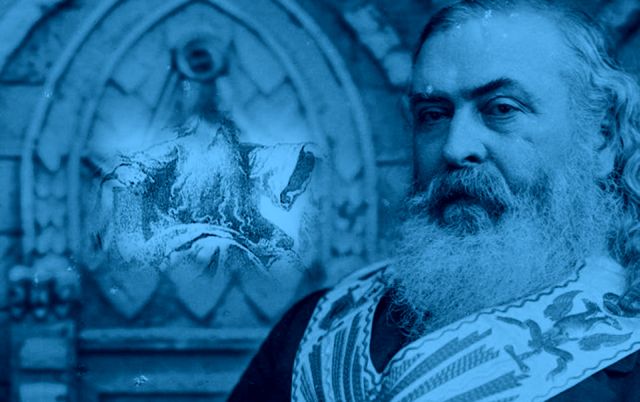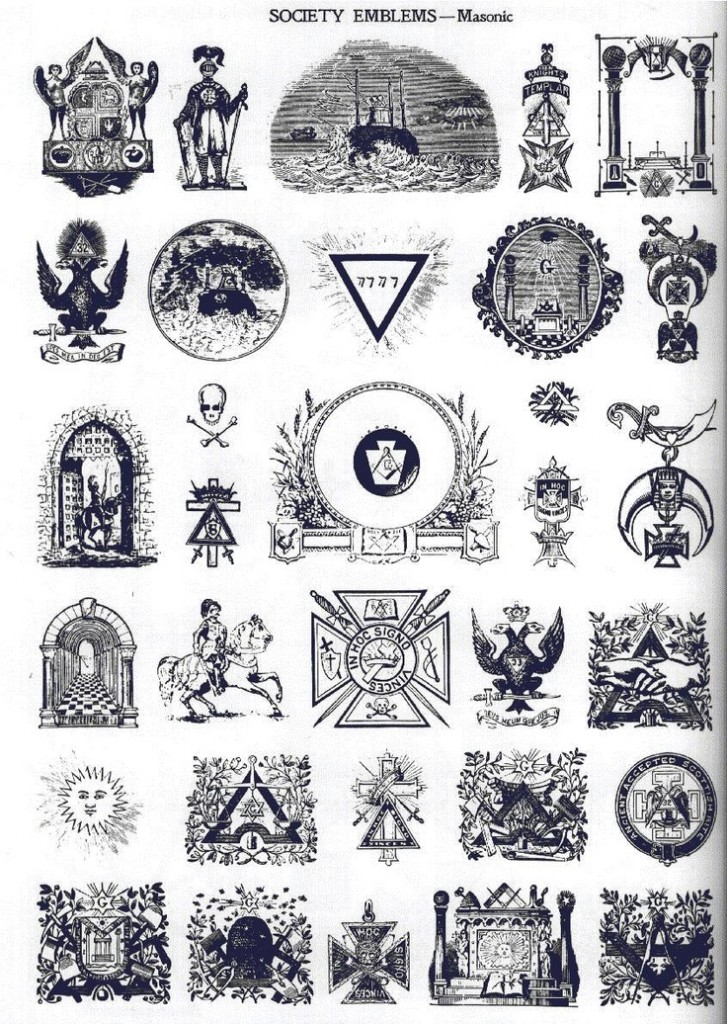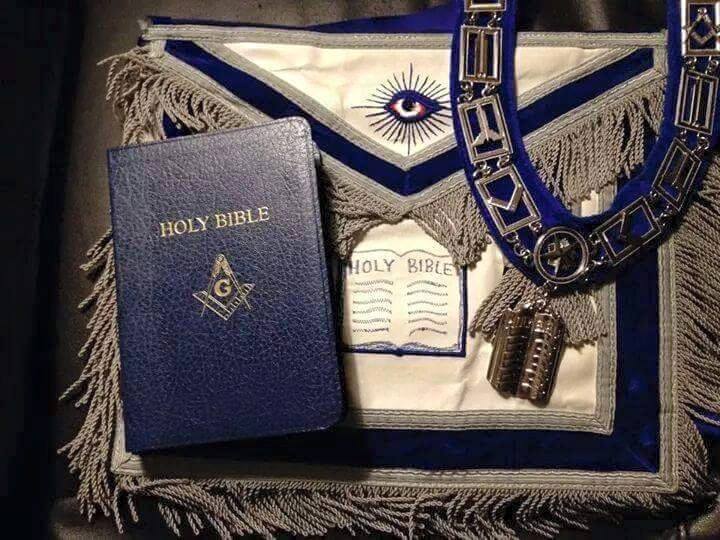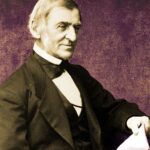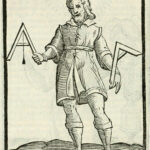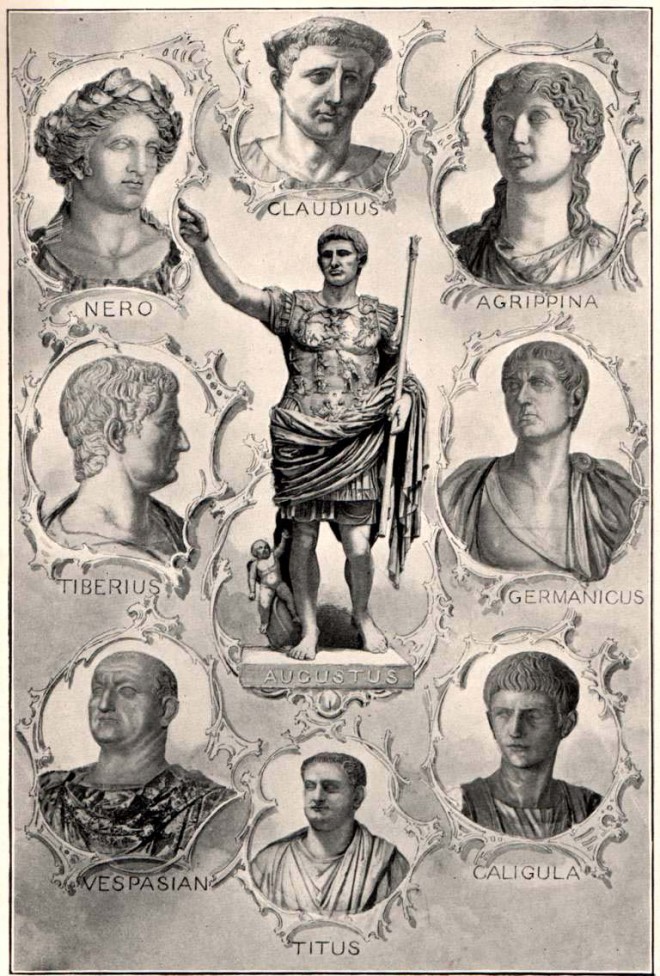Page 348
“Christian and Catholic sons may accuse their fathers of the crime of heresy . . . although they may know that their parents will be burnt with fire and put to death for it. . . . And not only may they refuse them food, if they attempt to turn them from the Catholic faith, BUT THEY MAY ALSO JUSTLY KILL THEM.” — Jesuit Precept (F. STEPHEN FAGUNDEZ, in Proecepta Decalogi. Lugduni, 1640).
“Most Wise. — What hour is it?
“Respect. K. S. Warden. — It is the first hour of the day, the time when the veil of the temple was rent asunder, when darkness and consternation were spread over the earth — when the light was darkened — when the implements of Masonry were broken — when the flaming star disappeared — when the cubic stone was broken — when the ‘WORD’ was lost.” — Magna est Veritas et Praevalebit.  — JAH-BUH-LUN.
— JAH-BUH-LUN.
THE greatest of the kabalistic works of the Hebrews — Sohar — was compiled by Rabbi Simeon Ben-Iochai. According to some critics, this was done years before the Christian era; according to others only after the destruction of the temple. However, it was completed only by the son of Simeon, Rabbi Eleazar, and his secretary, Rabbi Abba; for the work is so immense and the subjects treated so abstruse that even the whole life of this Rabbi, called the Prince of kabalists, did not suffice for the task. On account of its being known that he was in possession of this knowledge, and of the Mercaba, which insured the reception of the “Word,” his very life was endangered, and he had to fly to the wilderness, where he lived in a cave for twelve years, surrounded by faithful disciples, and finally died there amid signs and wonders.
But voluminous as is the work, and containing as it does the main points of the secret and oral tradition, it still does not embrace it all. It
Page 349
is well known that this venerable kabalist never imparted the most important points of his doctrine otherwise than orally, and to a very limited number of friends and disciples, including his only son. Therefore, without the final initiation into the Mercaba the study of the Kabala will be ever incomplete, and the Mercaba can be taught only in “darkness, in a deserted place, and after many and terrific trials.” Since the death of Simeon Ben-Iochai this hidden doctrine has remained an inviolate secret for the outside world. Delivered only as a mystery, it was communicated to the candidate orally, “face to face and mouth to ear.”
This Masonic commandment, “mouth to ear, and the word at low breath,” is an inheritance from the Tanaim and the old Pagan Mysteries. Its modern use must certainly be due to the indiscretion of some renegade kabalist, though the “word” itself is but a “substitute” for the “lost word,” and is a comparatively modern invention, as we will further show. The real sentence has remained forever in the sole possession of the adepts of various countries of the Eastern and Western hemispheres. Only a limited number among the chiefs of the Templars, and some Rosicrucians of the seventeenth century, always in close relations with Arabian alchemists and initiates, could really boast of its possession. From the seventh to the fifteenth centuries there was no one who could claim it in Europe; and although there had been alchemists before the days of Paracelsus, he was the first who had passed through the true initiation, that last ceremony which conferred on the adept the power of travelling toward the “burning bush” over the holy ground, and to “burn the golden calf in the fire, grind it to powder, and strow it upon the water.” Verily, then, this magic water, and the “lost word,” resuscitated more than one of the pre-Mosaic Adonirams, Gedaliahs, and Hiram Abiffs. The real word now substituted by Mac Benac and Mah was used ages before its pseudo-magical effect was tried on the “widow’s sons” of the last two centuries. Who was, in fact, the first operative Mason of any consequence? Elias Ashmole, the last of the Rosicrucians and alchemists. Admitted to the freedom of the Operative Masons’ Company in London, in 1646, he died in 1692. At that time Masonry was not what it became later; it was neither a political nor a Christian institution, but a true secret organization, which admitted into the ties of fellowship all men anxious to obtain the priceless boon of liberty of conscience, and avoid clerical persecution. Not until about thirty years after his death did what is now termed modern Freemasonry see the light. It was born on the 24th day of June, 1717, in the Apple-tree Tavern, Charles Street, Covent Garden, London. And it was then, as we are told in Anderson’s

Moe is the founder of GnosticWarrior.com. He is a father, husband, author, martial arts black belt, and an expert in Gnosticism, the occult, and esotericism.

